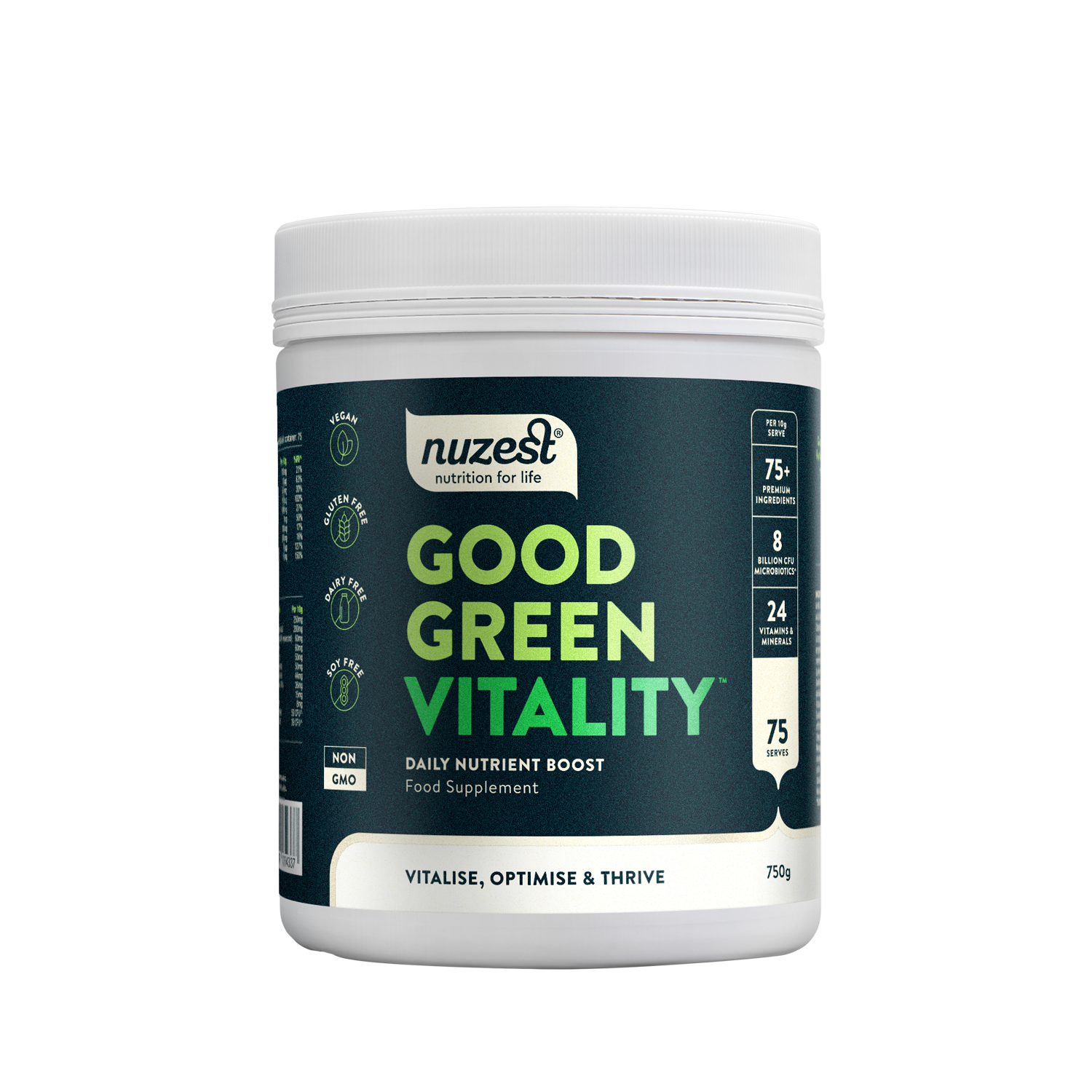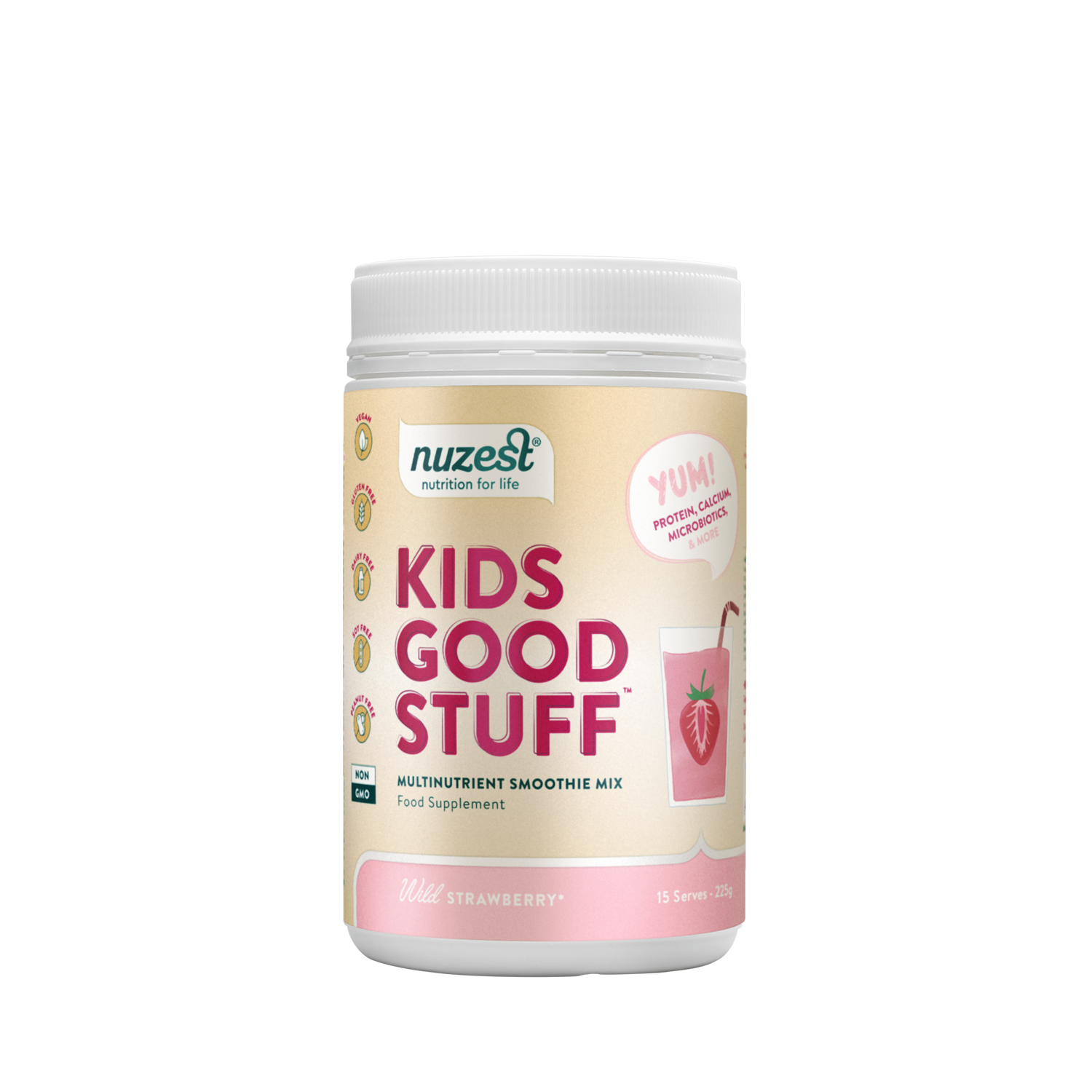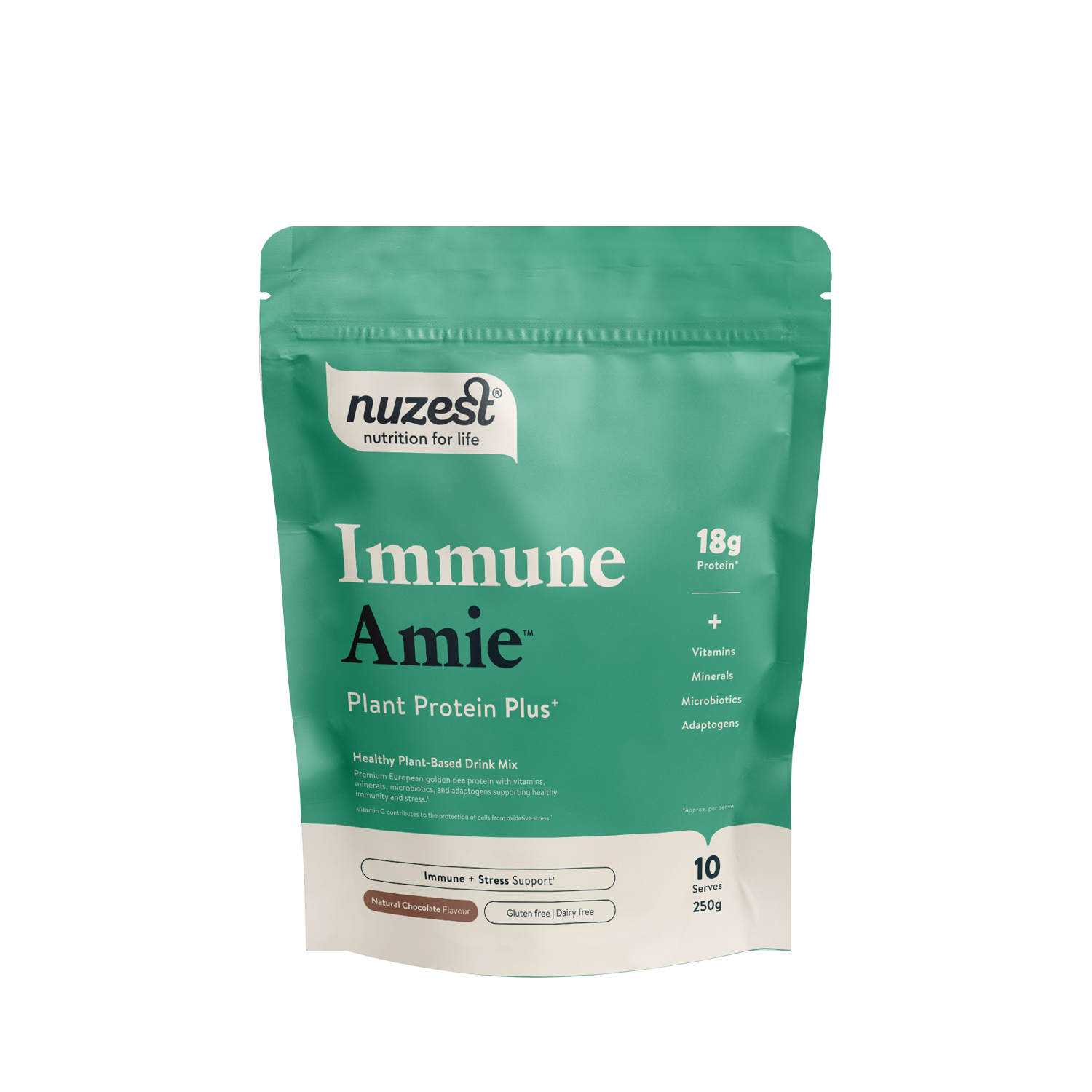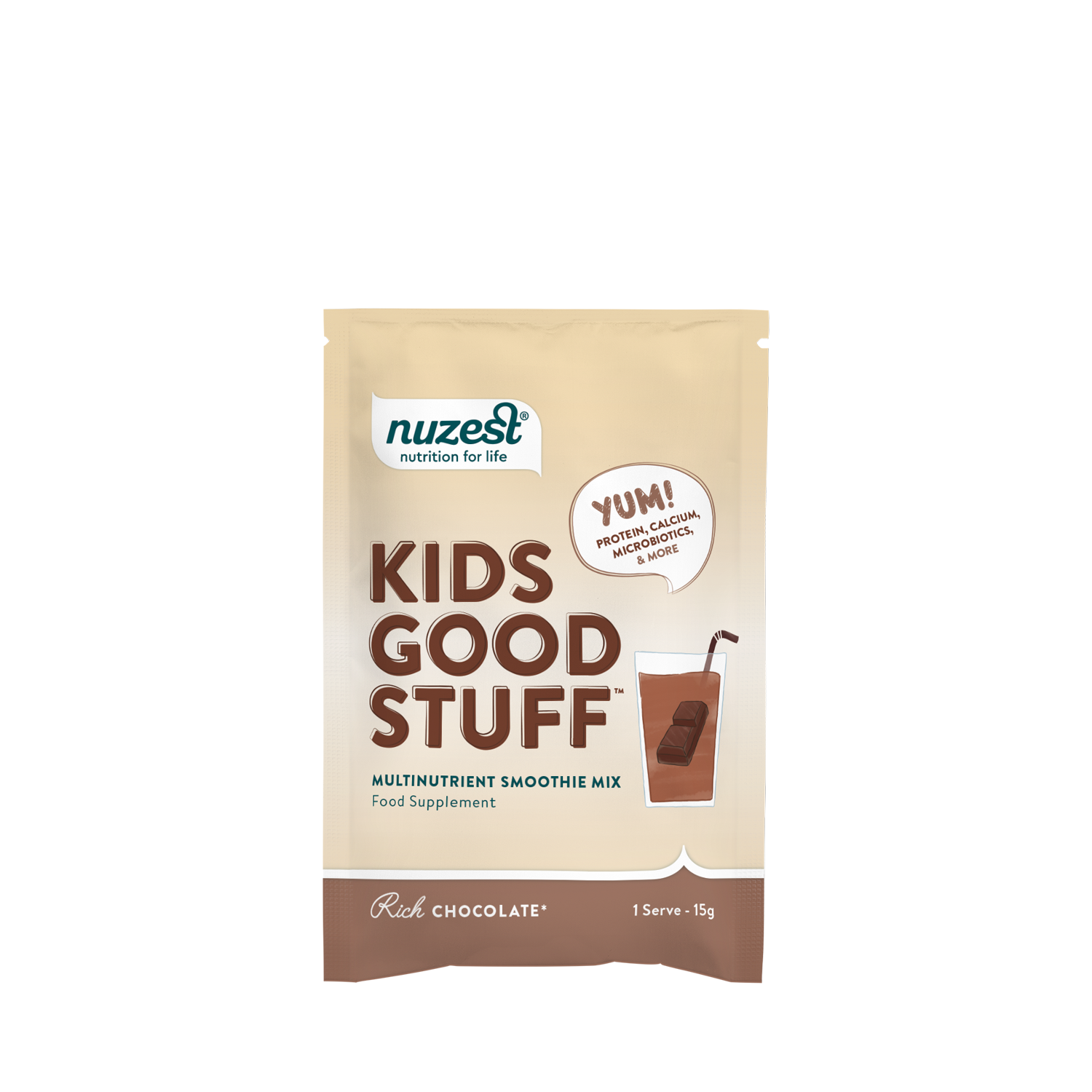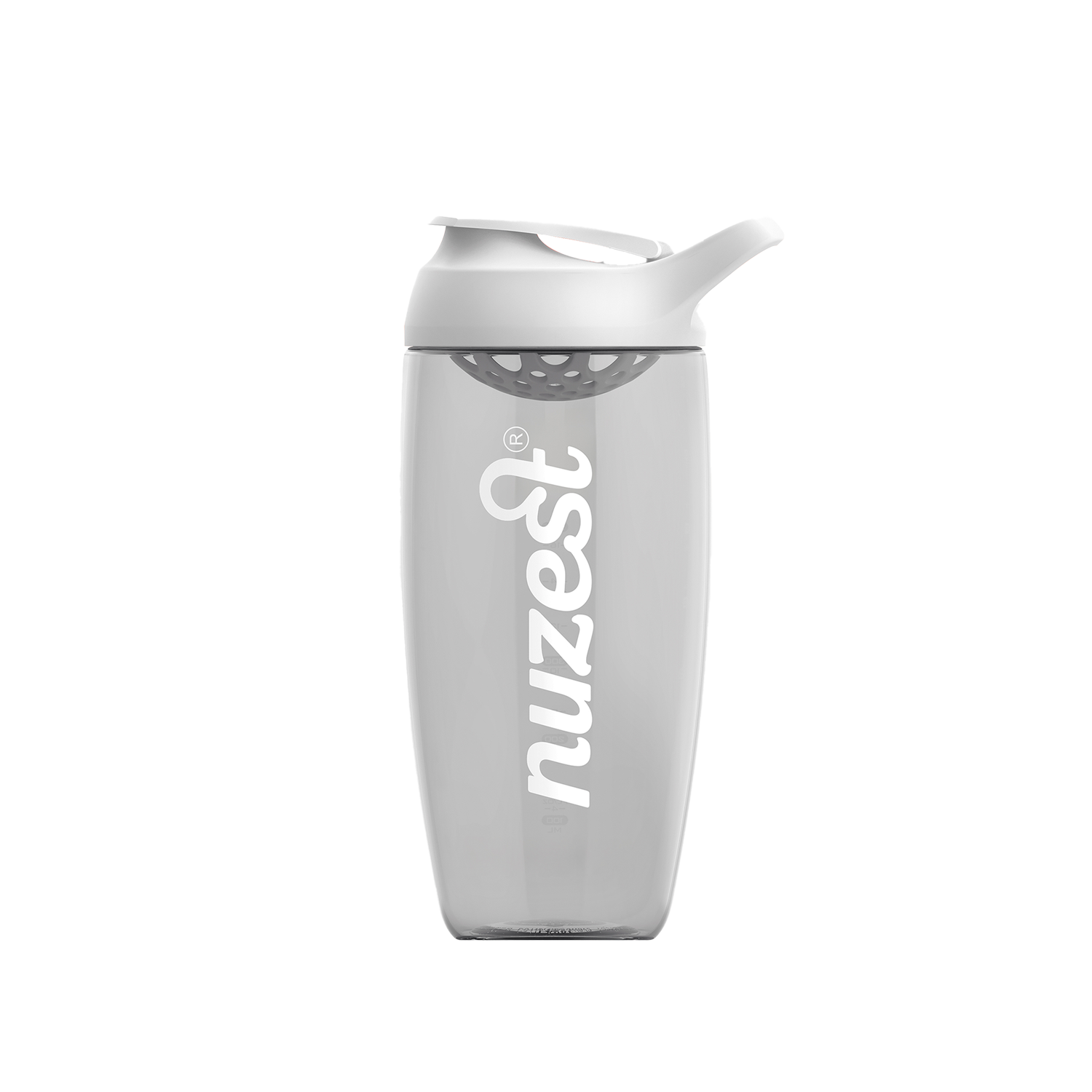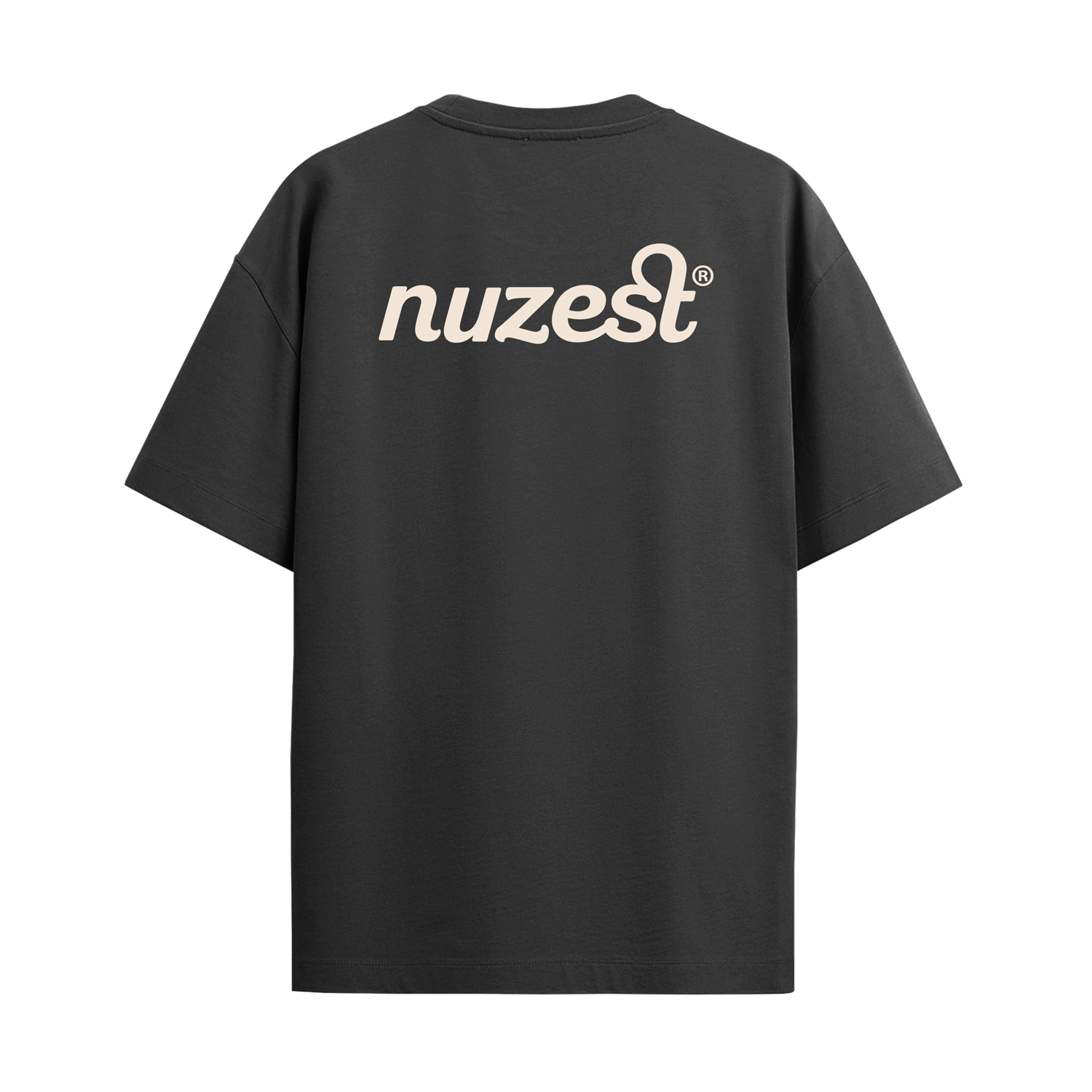Maqui
Aristotelia chilensis
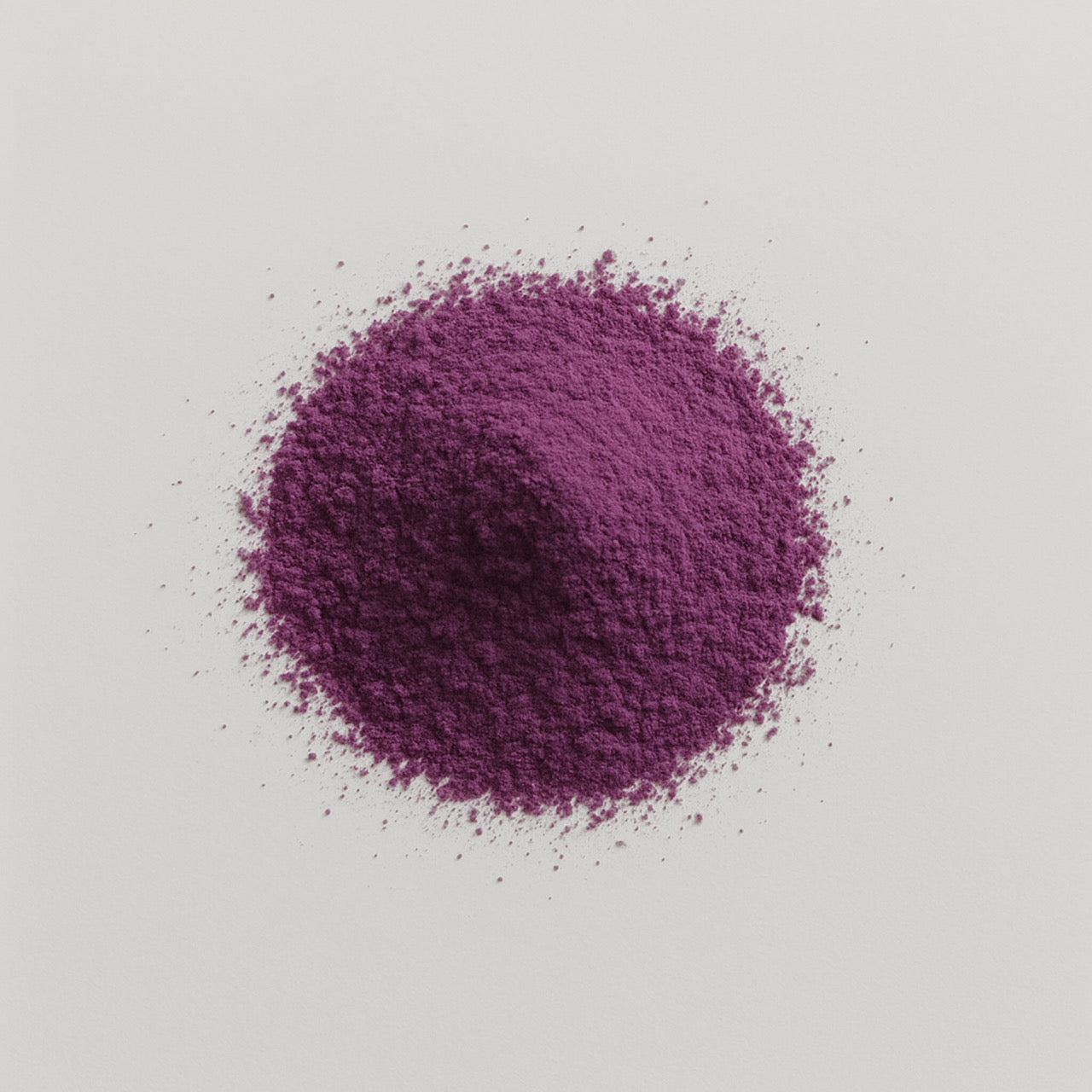
Maqui is the small purple fruit of the Aristotelia chilensis tree, native to Chile and Argentina. It is commonly consumed as a powder or extract in food and beverage applications.
Products:
Maqui for Immunity
Maqui berries are recognised for their potential to support immune function. Their high antioxidant content, especially anthocyanins, may protect cells from oxidative damage and enhance overall immune response. Regular intake of maqui could contribute to strengthening the body’s defenses against infections.¹
Maqui for Brain Health and Cognition
Maqui may also support brain health and cognitive function due to its high antioxidant content, especially anthocyanins. These compounds help protect neural tissue from oxidative stress, a factor associated with cognitive decline. Some research also indicates that maqui could enhance memory and mental clarity, making it a beneficial dietary addition for cognitive support.²
What is Maqui?
A superfruit native to the southern regions of Chile and Argentina, maqui grows on the Aristotelia chilensis plant. Its deep purple hue is due to high levels of anthocyanins, compounds recognised for their potent antioxidant activity. Traditionally used by indigenous populations for various health purposes, maqui is now the subject of scientific research investigating its potential benefits.³⁴
Maqui for Healthy Skin and Eyes
The antioxidant-rich composition of maqui offers benefits for maintaining healthy skin and eyes. Anthocyanins and vitamin C found in maqui help protect skin cells from free radical damage, a factor in premature ageing. Furthermore, the fruit’s antioxidants may support eye health by defending against oxidative stress linked to age-related ocular conditions.⁵
